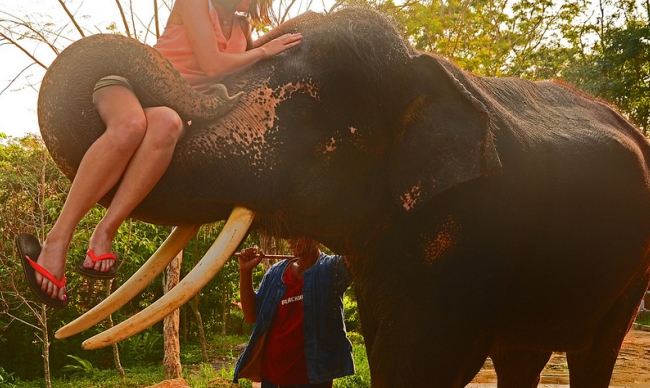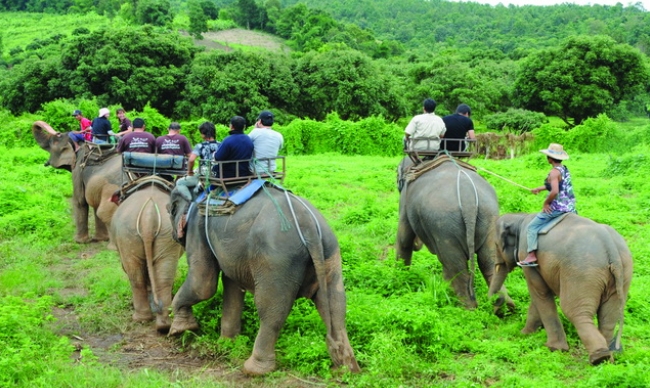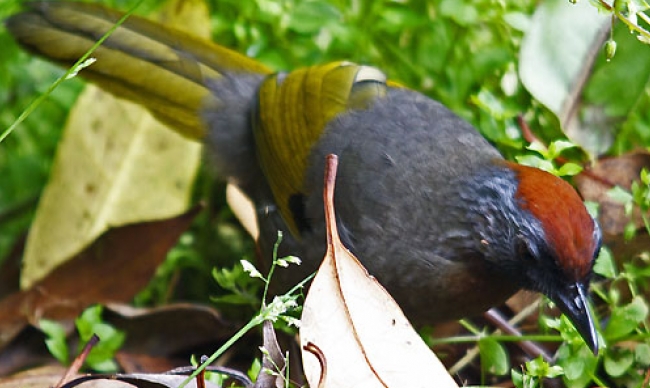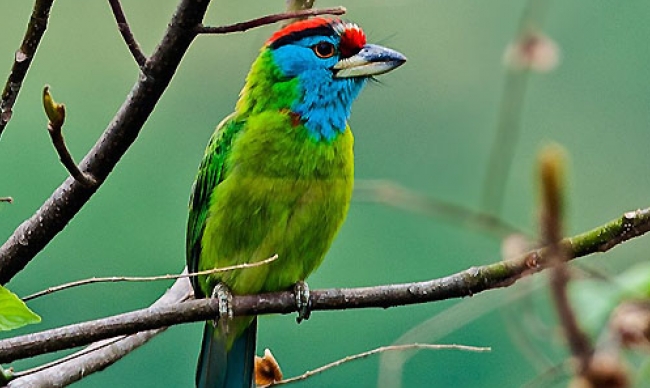- Thailand Tours
- Destinations
- Hotels
-
Travel Guide
View All Travel Guide

Thailand Overview
With the rich in culture and tradition, stunning nature and wildlife, Thailand always attracts touri...
Thailand History
Thailand has more than two thousands years of history since the immigration of the Thai people in th...

Thailand Demographics
Thailand, the tropical heaven of Southeast Asia, has population of 67 million, ranking 20th on the l...

Thailand Customs
Thailand is known as one of the most enchanting countries to visit on earth which offers full of del...

Thailand Ecology
Thanks to the wide range of varied topography, climates and long coastlines, Thailand has become the...
Thailand Festivals
For those who love to join in Thailand festivals, you can come to visit Thailand at any time of the ...






































650-388.jpg)


650-388.jpg)



































